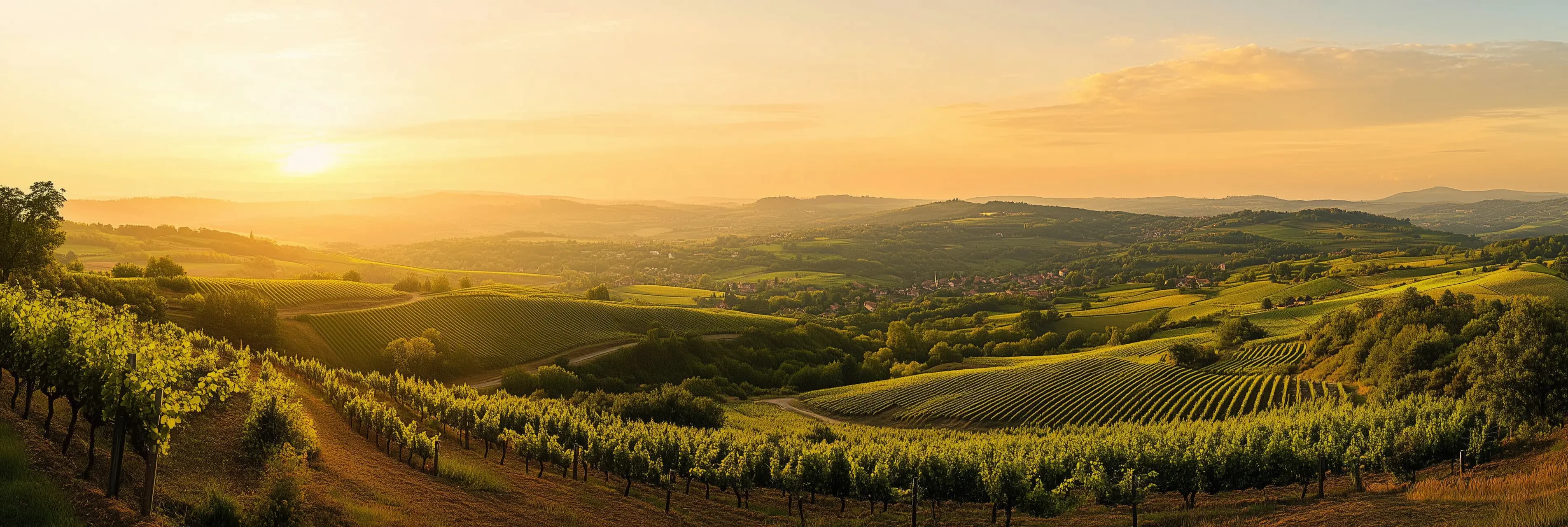GrapeGamay
A flavorful grape, known for its eccentricities. Its skin is black, its juice is white, but Beaujolais is red. Gamay has all the makings of a wine geek's riddle.
The story of Gamay – or rather the epic of Gamay – begins in the mid-1300s in the wake of a plague that devastated Europe for years. The grape helped the inhabitants of Burgundy recover from the pandemic until 1395, when Philip the Bold, Duke of Burgundy ordered that all Gamay vines be uprooted by the following Easter. The Duke believed the cultivation methods used in raising Gamay were damaging the reputation of Pinot Noir. The decision sparked such uproar among the public in and around nearby Dijon that the Duke appointed a new mayor, who he hoped would contain the situation.
Although the Duke's attempts at eradicating Gamay were thorough, enforcement of his ordinance did not reach Beaujolais in the very south of Burgundy, where pockets of the grape continued to grow. In 1459, Philip the Good, Duke of Burgundy renewed his grandfather's ordinance, and the cultivation of Gamay in Burgundy remained banned.
For generations, Beaujolais was enjoyed quietly. Then in 1937, Beaujolais became a Protected Designation of Origin (PDO), and the unique qualities of Gamay were finally recognized. Today, varieties of Gamay can be found outside of Beaujolais, like in the U.S. and Canada.
But everyone knows that Beaujolais will always be where Gamay calls home.

